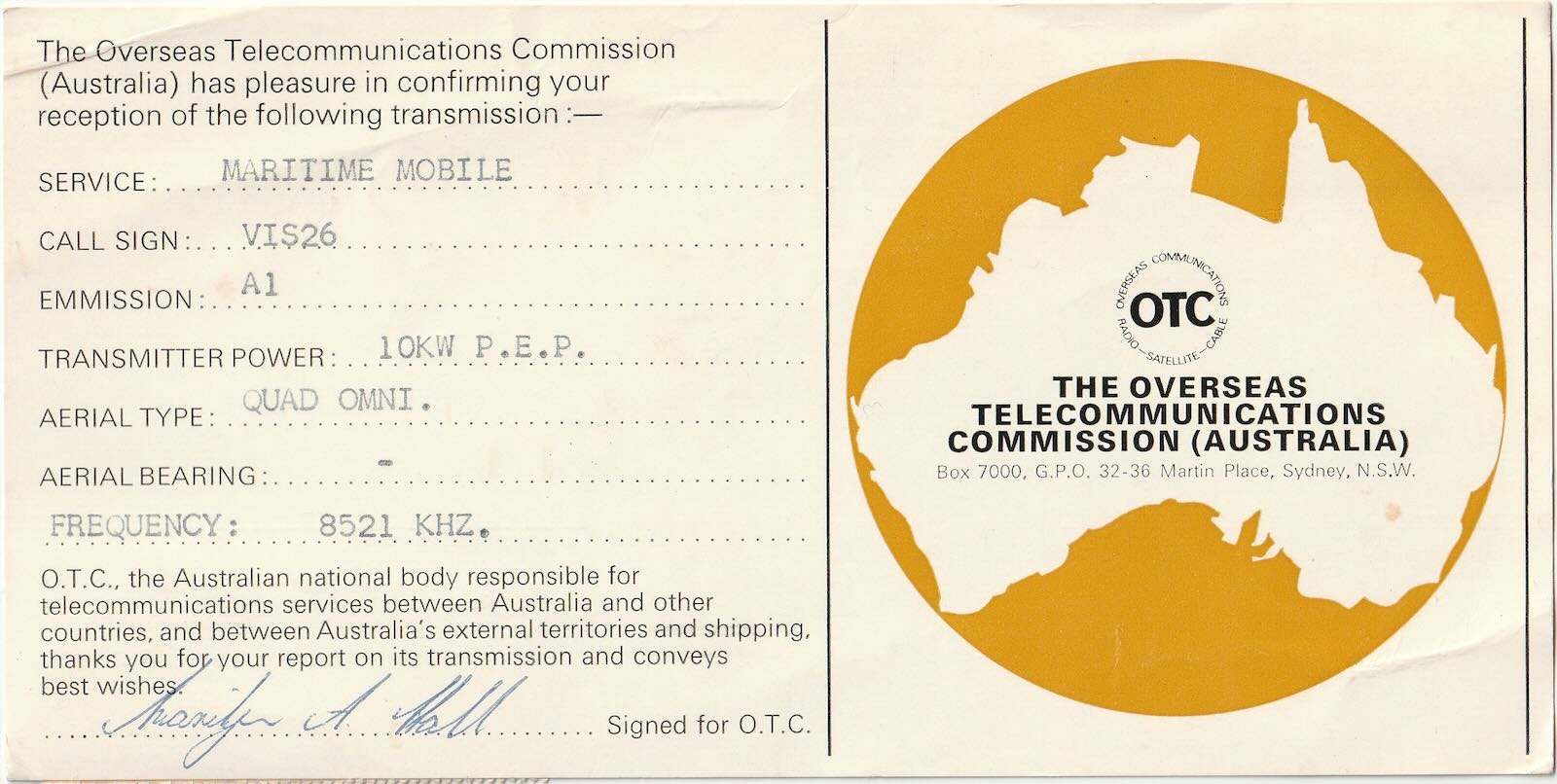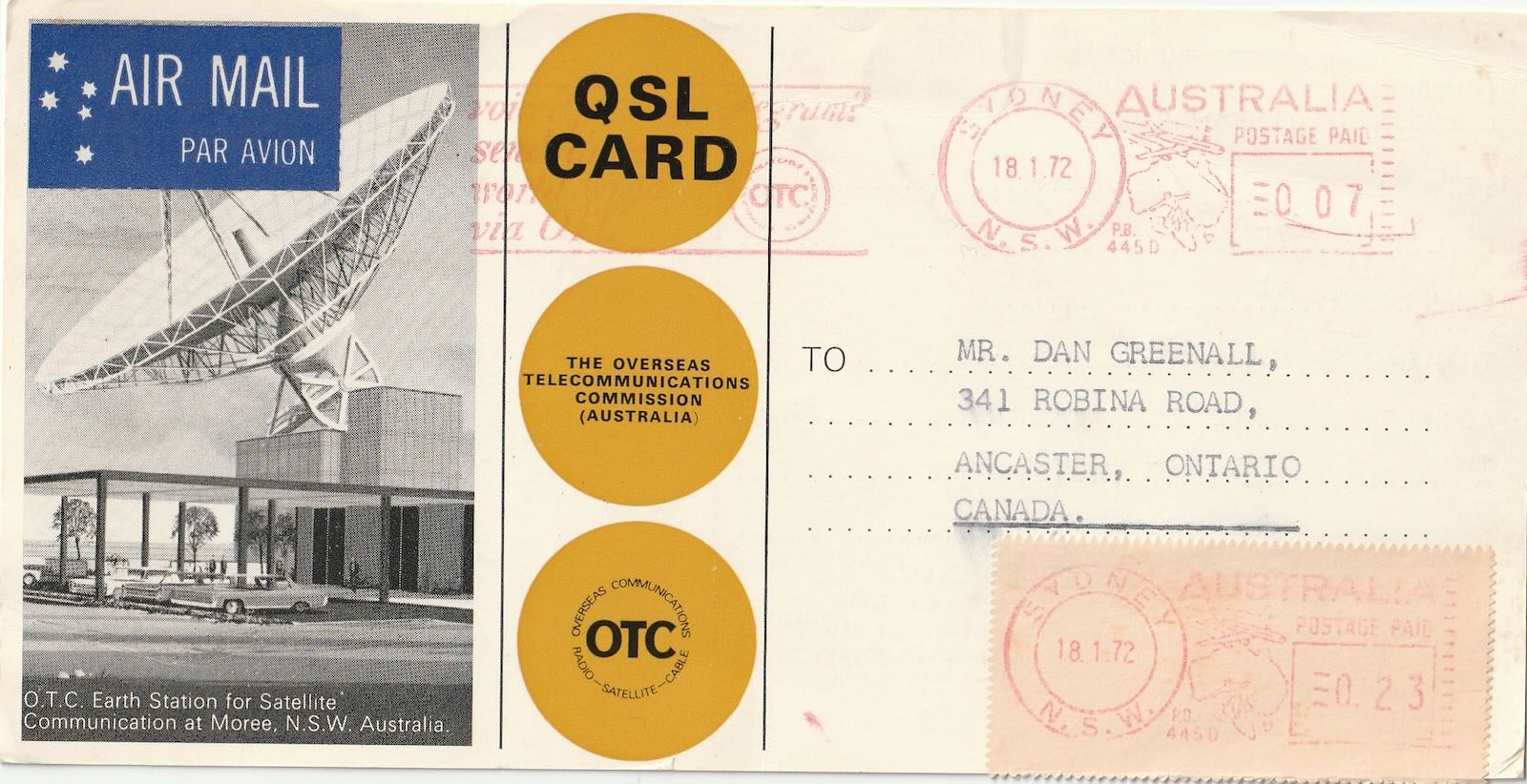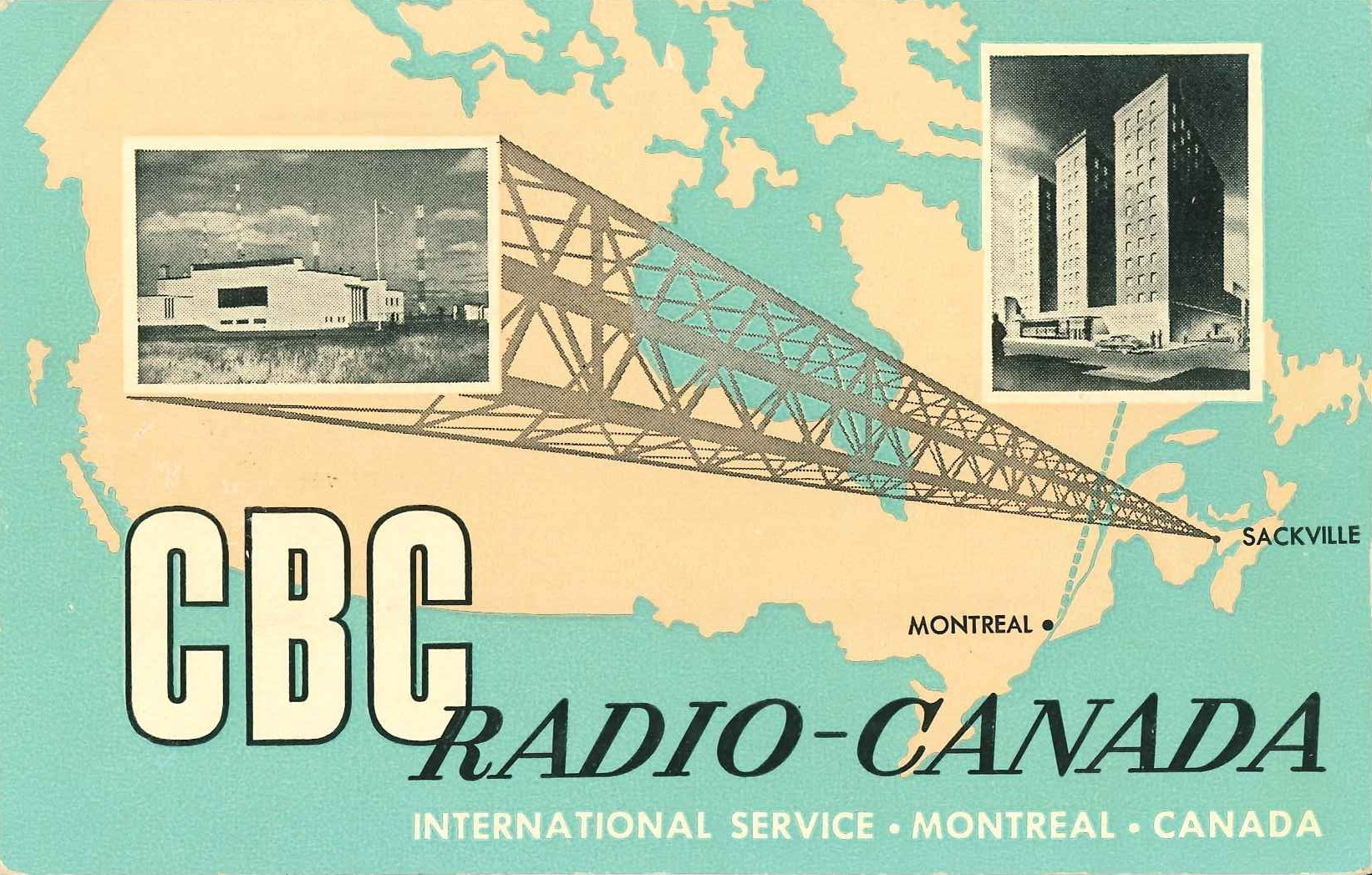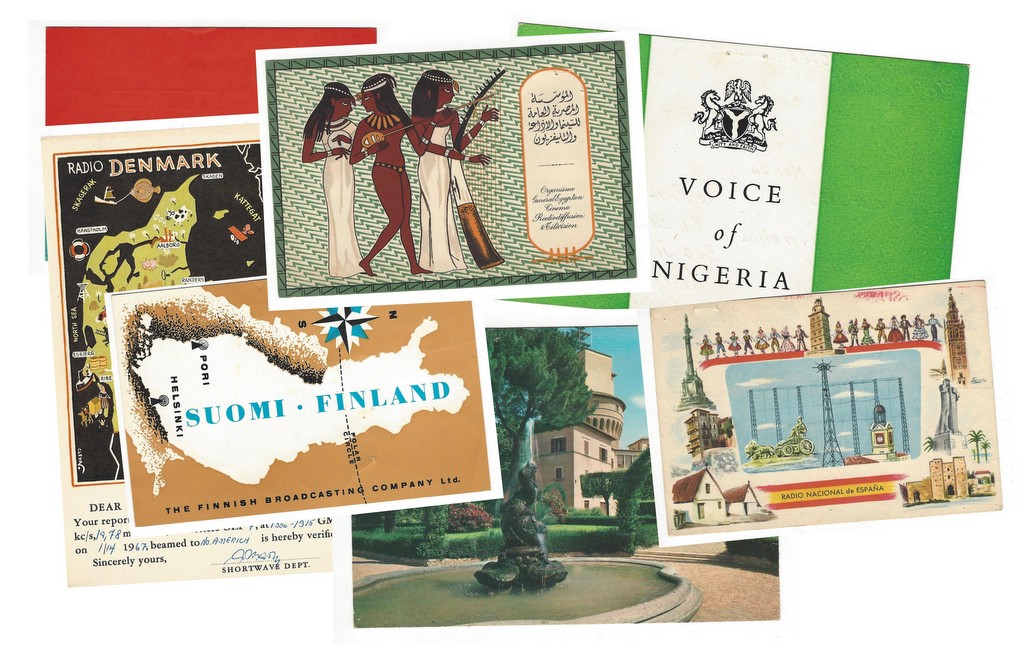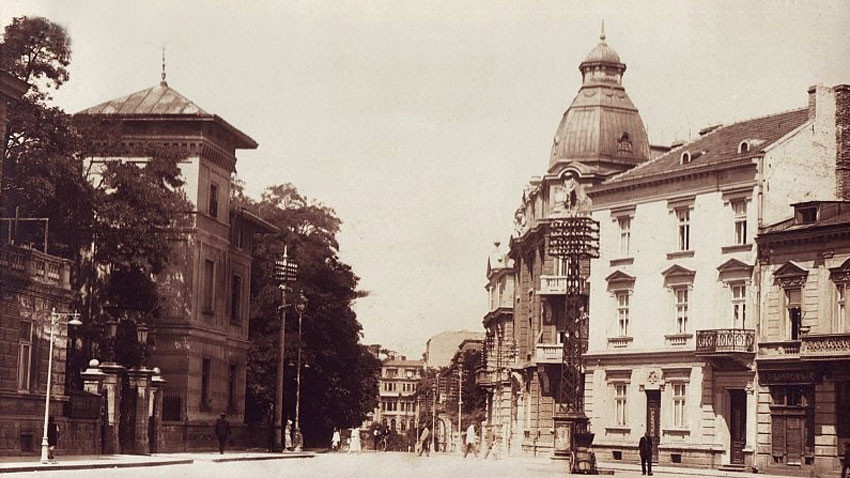I think the answer to this is.. YES! I say that based upon my monitoring from here in McGrath, Alaska.
I’ve never ever ever heard Amhara State Radio on 6090khz from my QTH. Now, that doesn’t mean they’ve never been on, but I’ve never even heard a carrier from them and I can’t recall anyone logging them.
Well, Saturday night February 17th (AK time) I detected an initially unknown signal on 6090khz. I noticed it just after 0300 Sun Feb. 18, I heard what was very decidedly African continent sounding music. It appeared to be one long track on a loop, because 2 days later, I had the same melody going for over 15 minutes… so I kept listening on that 3rd day and heard it fade down as it ended and started again.
There was no modulation that 2nd day. But as we look at the 3rd day again, I heard a different track start about 0345UTC or so. About,0352 I heard a guy speak (!!) but the signal started to lose steam quickly. About 0356 which is the listed sign on for Amhara on 6090khz, I heard an actual song start and about 0401 I heard a lady speak with what sounded like music.
Amharic is used on Shortwave by the BBC, Deutsche Welle and the VOA. While I don’t claim to be a language expert at all, what I heard on 6090 did sound similar to what I’ve heard from other broadcasters.
Fast forward to Wednesday night February 21st (AK Time), I detected a signal on 6110khz. To be fair, I’ve had something an “ok-ish” a few times from my Alaska QTH but with less modulation than Cuba or Iran. On Feb. 22nd (UTC) on the 0300 hour, I had a GOOD signal with modulation (!!) on 6110khz.
6110’s audio had, again like 6090khz, decidedly African continent sounding music and lots of speech that sounded like Amharic to me.
6090khz and 6110khz either share a site or are close by. Is someone refurbing their transmitters…. China? I sent a message to the Amhara State Media Facebook page but haven’t gotten an answer back.
I wonder what’s going on here? Your thoughts and comments are welcome
Paul Walker



